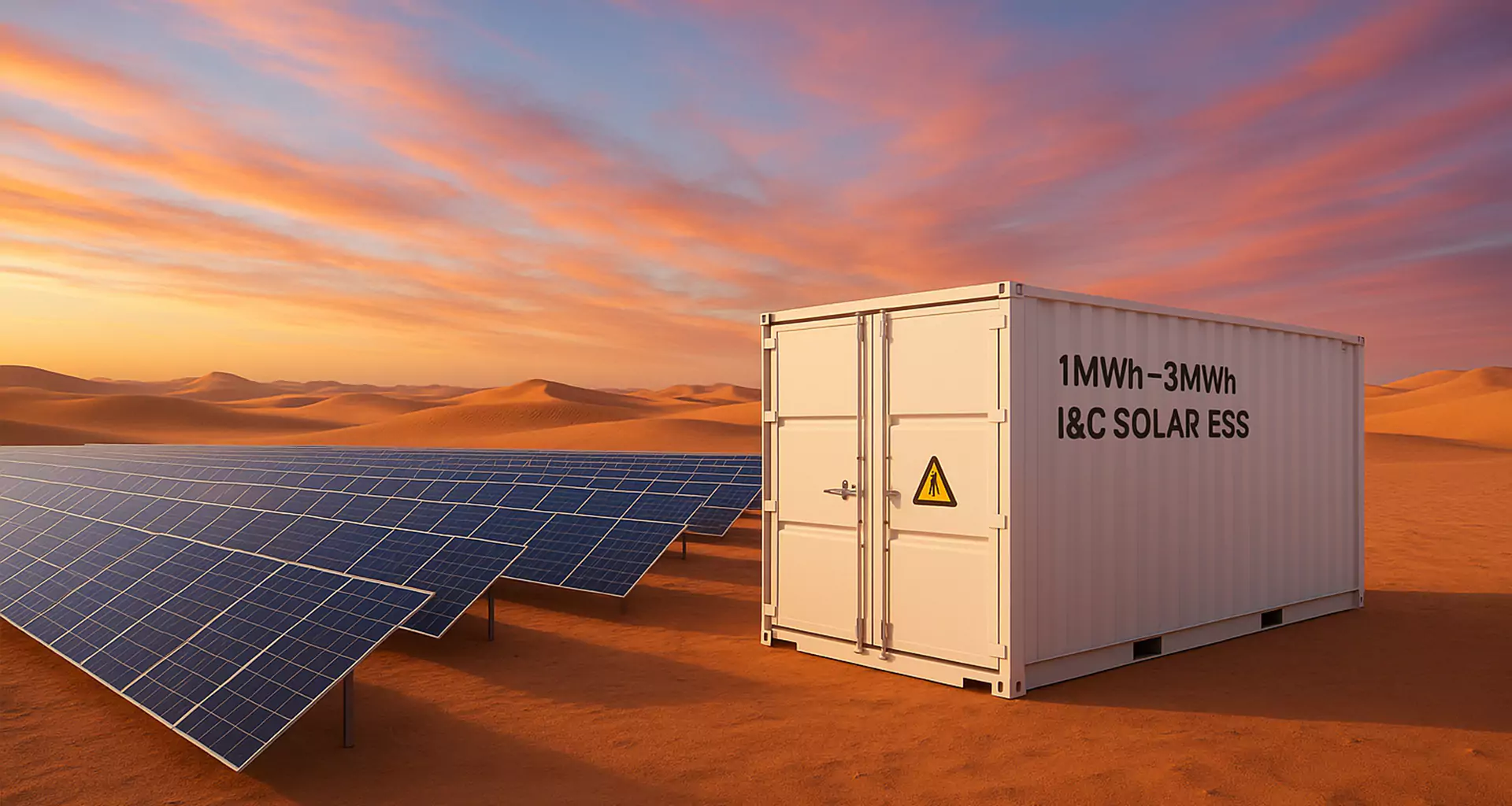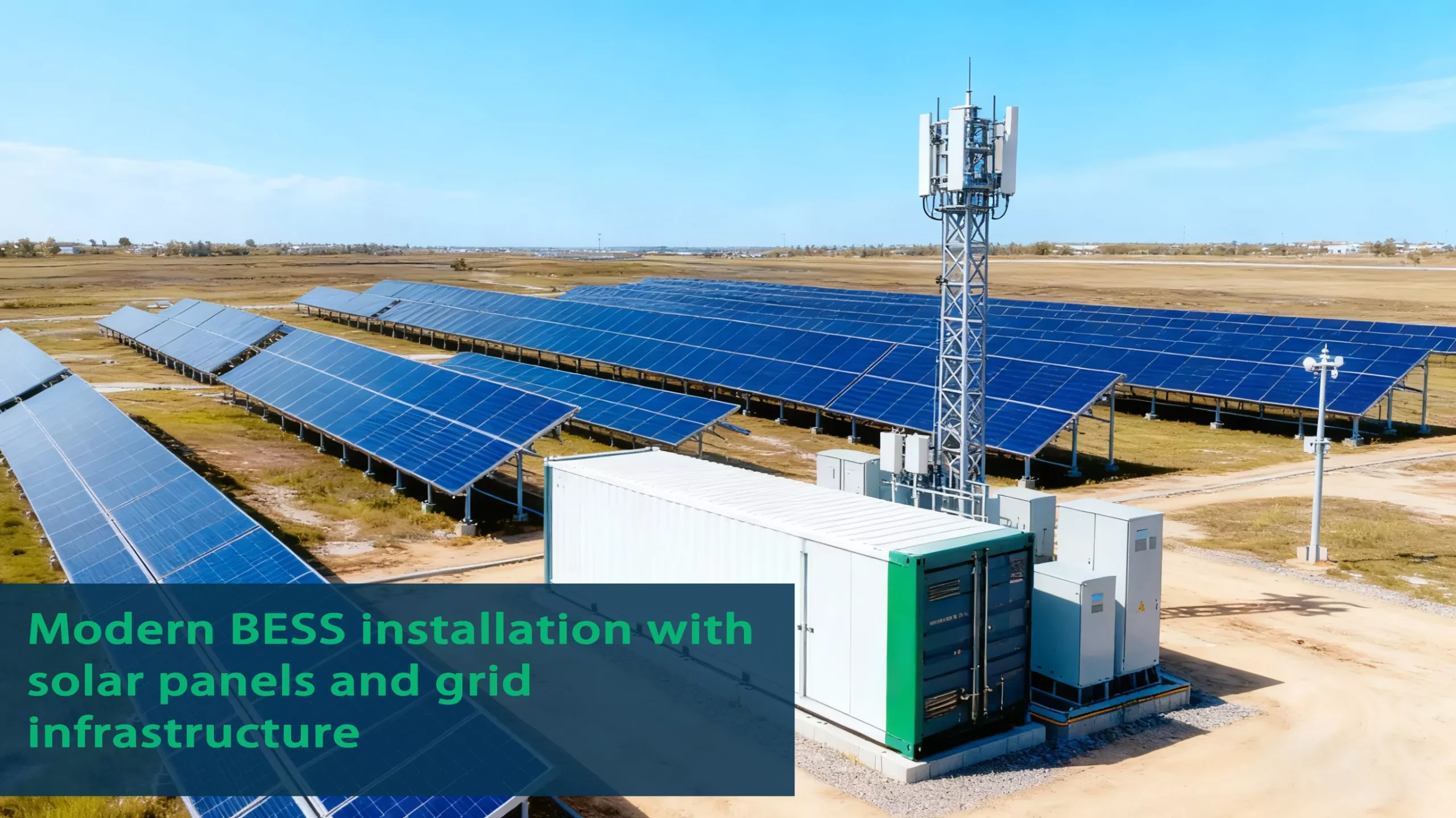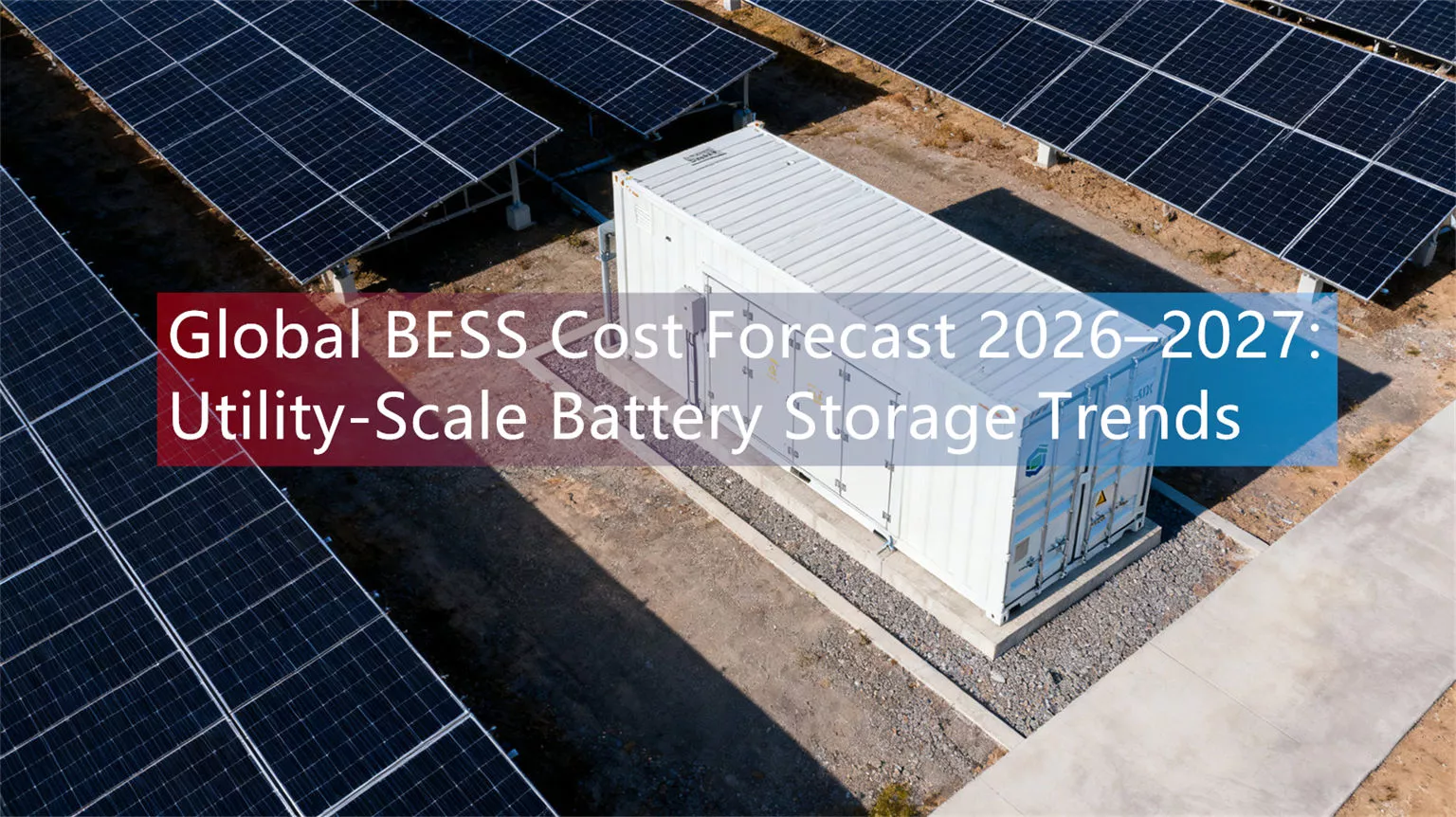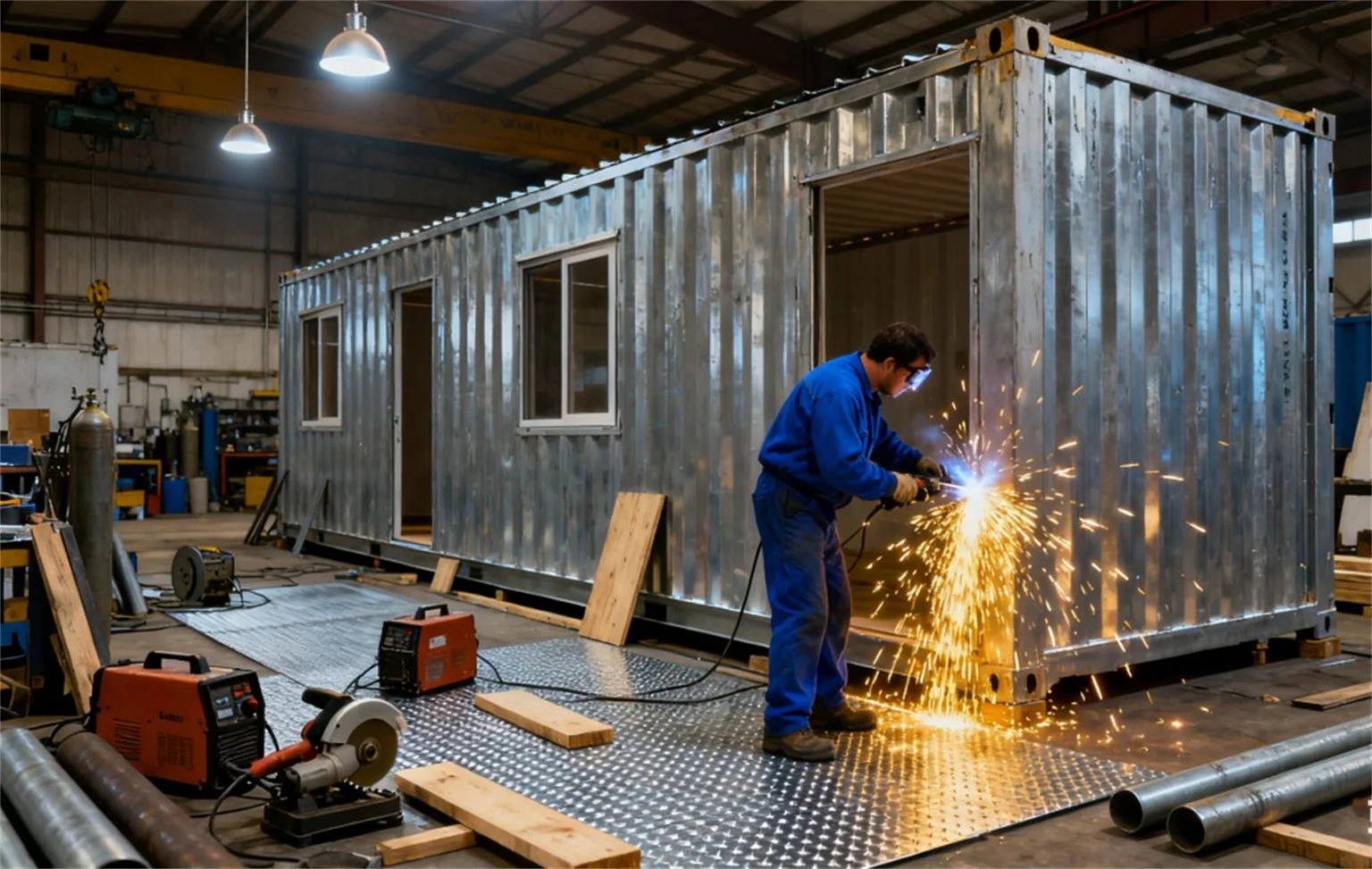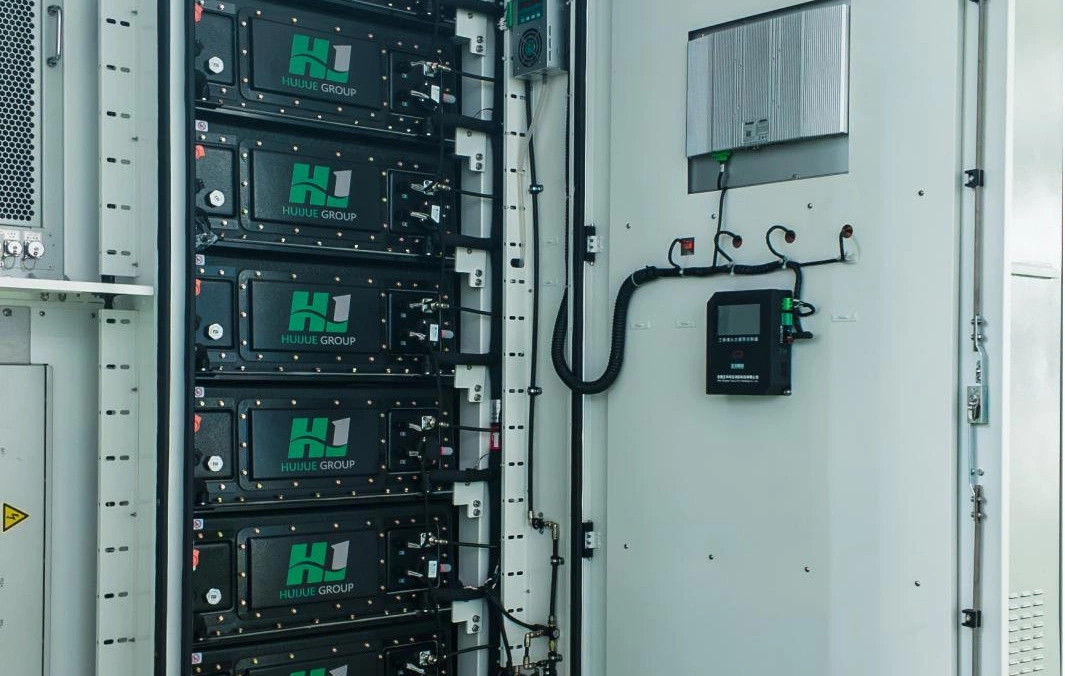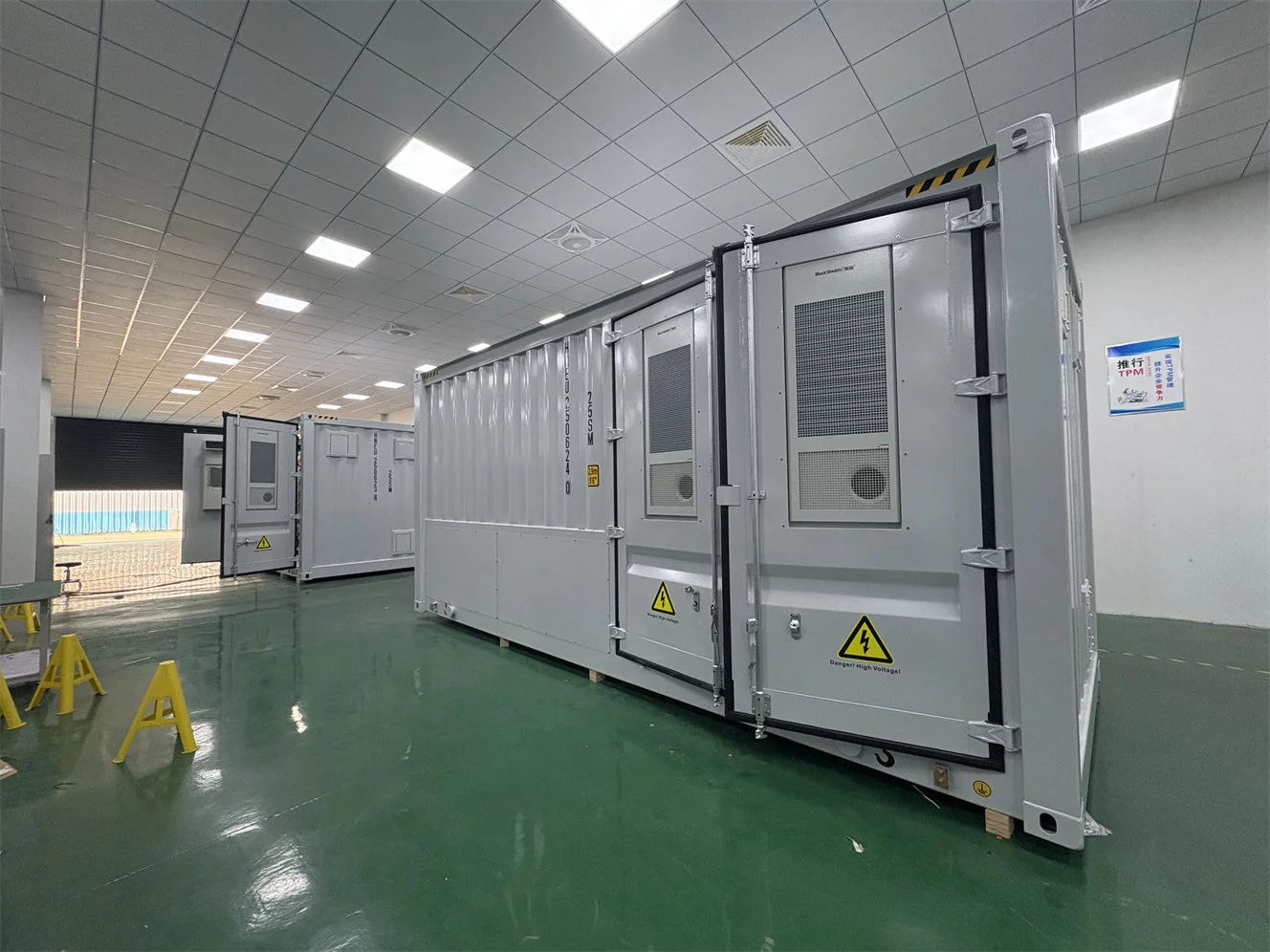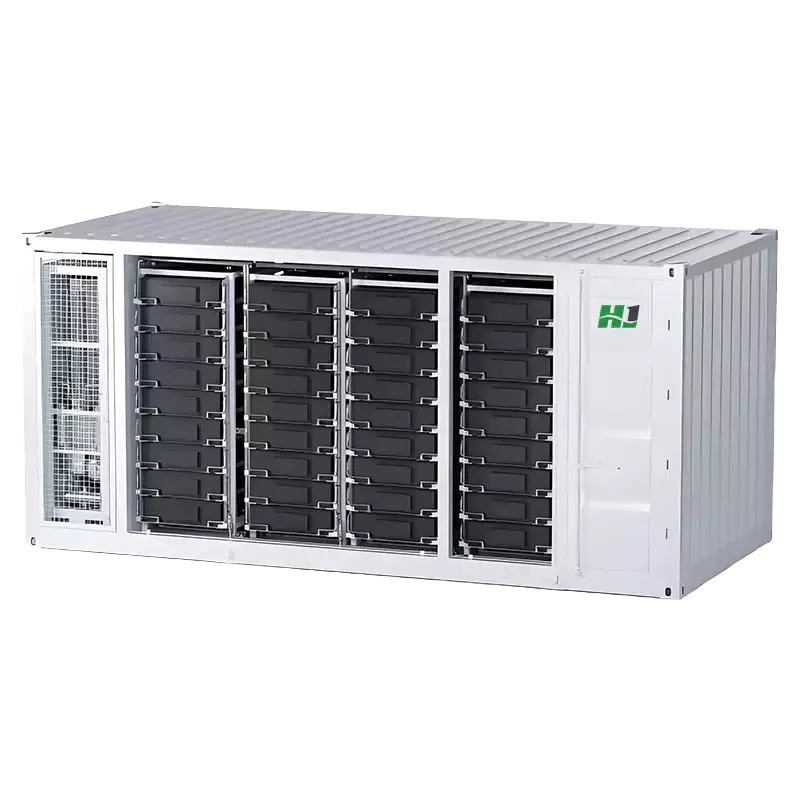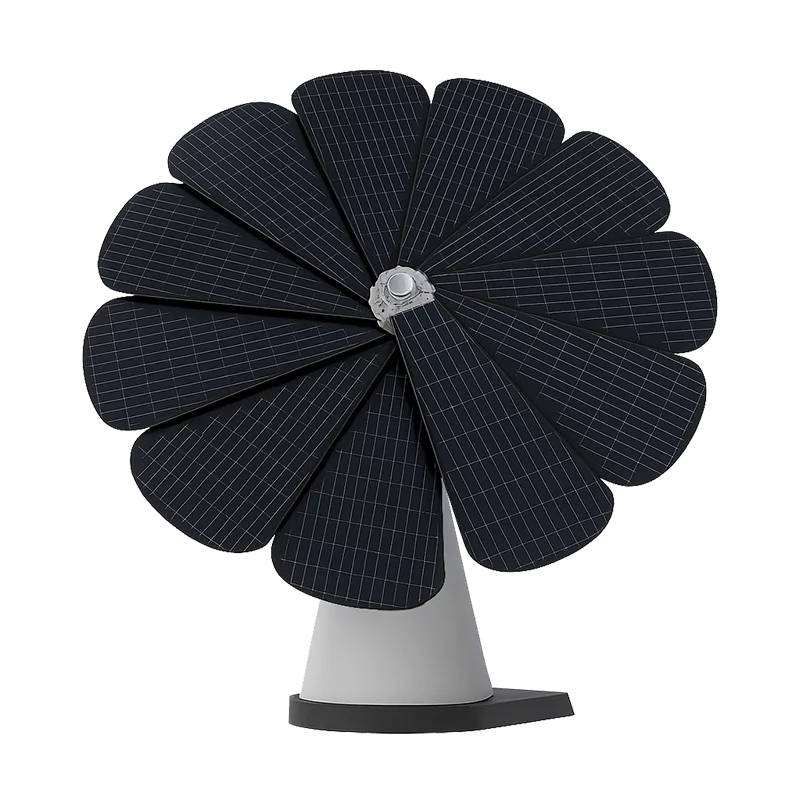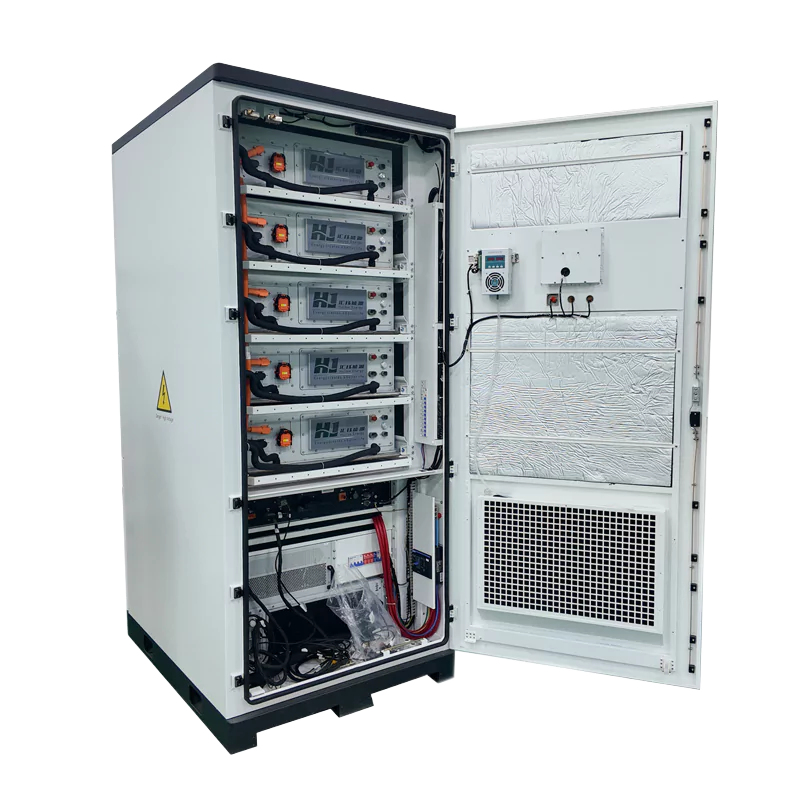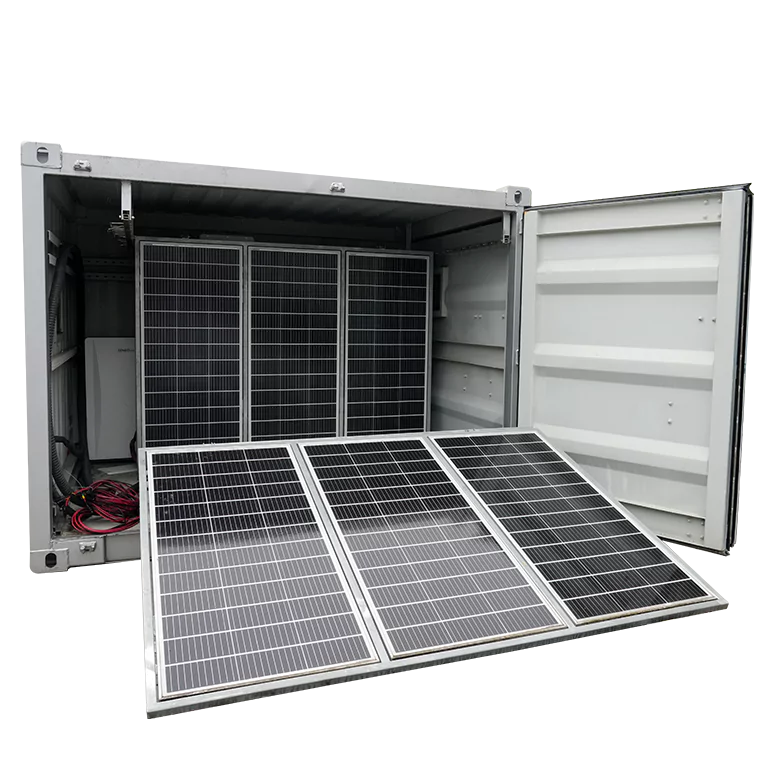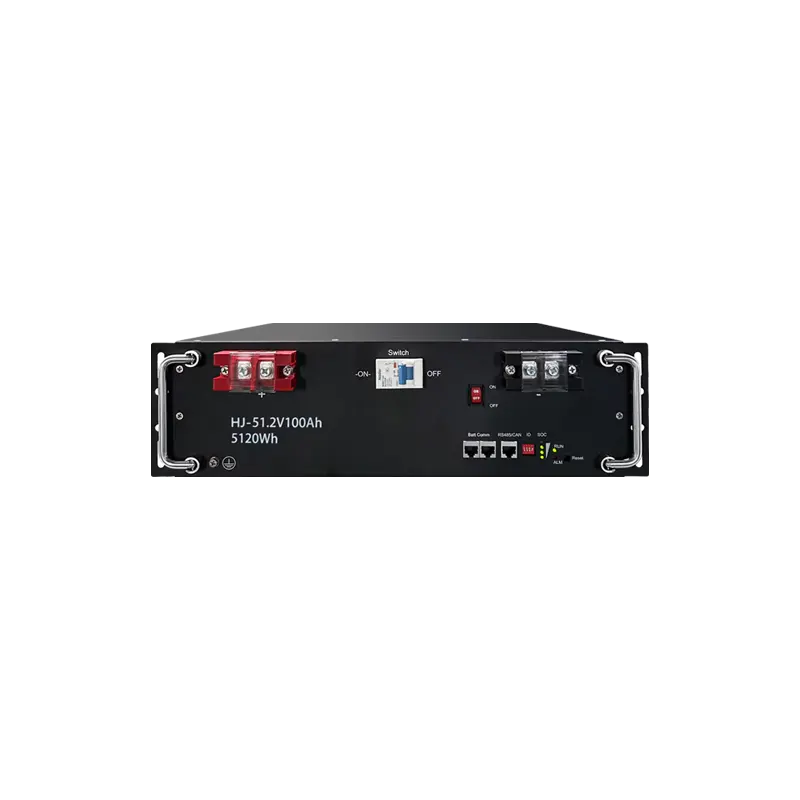Different English Terms for Telecom Base Station Power Systems
Telecom base stations are at the heart of global communication networks, providing the backbone for cellular and internet services. Over the years, various terms have been used to describe the energy solutions that keep these stations running smoothly. This article takes a closer look at some of the common English terms for telecom base station power systems and what each of them means.
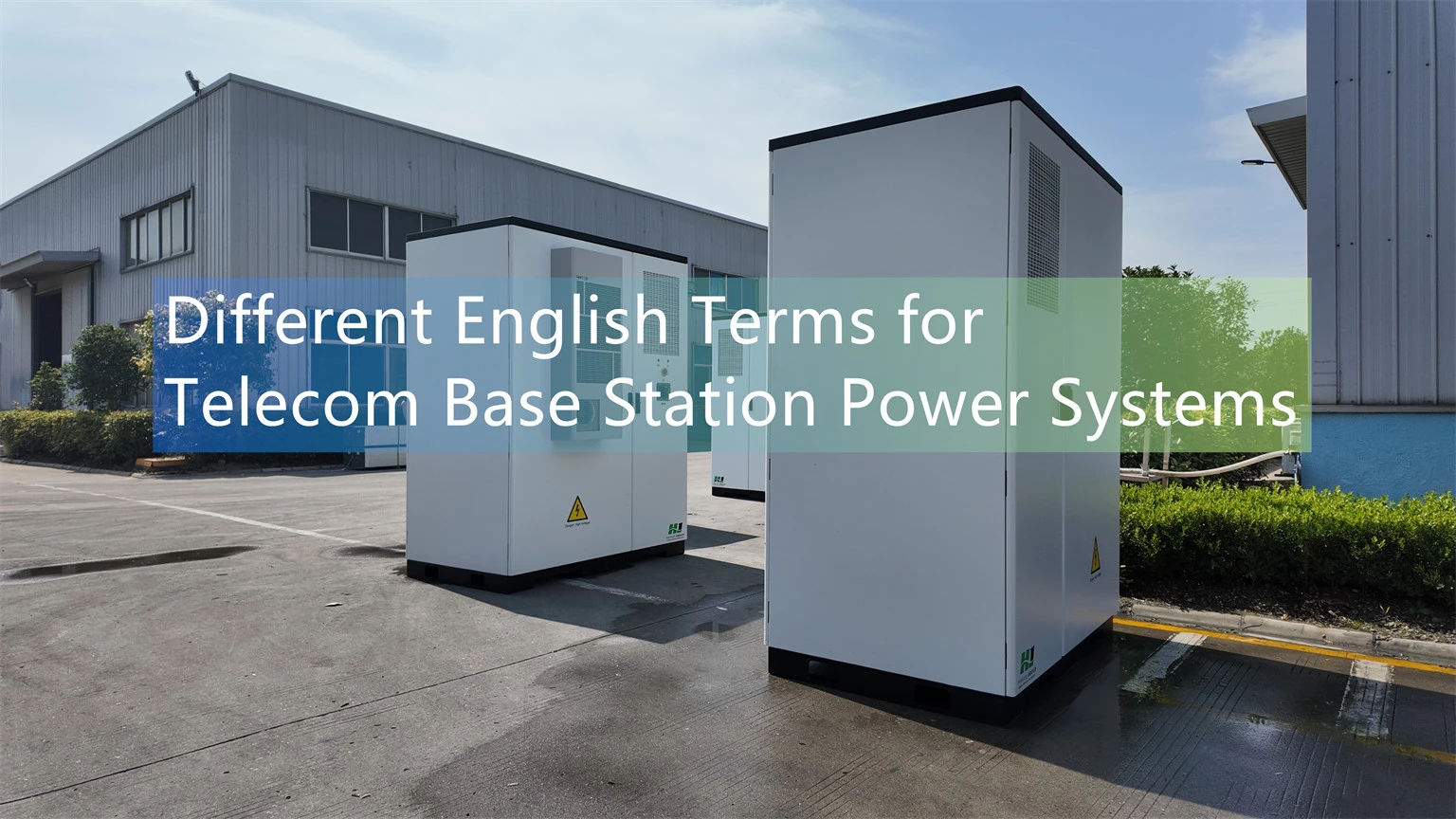
1. Telecom Base Station Power System: The Basics
“Telecom Base Station Power System” is the most widely recognized term across the telecom industry. You’ll see it in documents from big telecom equipment providers like Huawei and Ericsson. It’s the go-to phrase when discussing the overall power setup that keeps a base station operational.
What Does it Mean?
This term covers the whole power infrastructure at a telecom base station, including everything from power supplies and backup systems to energy storage.
- Power Supply Units: The main source of energy for telecom operations.
- Energy Storage: Batteries that store excess power for later use.
- Backup Systems: These include generators or extra batteries to keep the base station running during power cuts.
This term is broad and applies to various configurations, whether in urban settings or remote locations. If you’re looking for efficient power solutions for your base station, take a look at Highjoule’s Telecom Power Solutions.
2. Cell Tower Energy Solution: A Popular Term in North America
In North America, the term “Cell Tower Energy Solution” is commonly used. It highlights the specific power needs of cell towers, the physical structures that house telecom equipment.
What Does it Mean?
“Cell Tower Energy Solution” is a more targeted term, focusing on energy systems for individual cell towers. These solutions address the particular energy demands of a cell tower, from power generation to storage and management.
- Solar Power: Solar panels are increasingly used to power these towers, especially in remote areas.
- Battery Storage: These systems store energy during the day to be used at night.
- Energy Management Systems: Help ensure power is used efficiently.
This term reflects the growing trend of making telecom infrastructure more sustainable and self-sufficient, like the solar-powered solutions from companies such as SolarEdge.
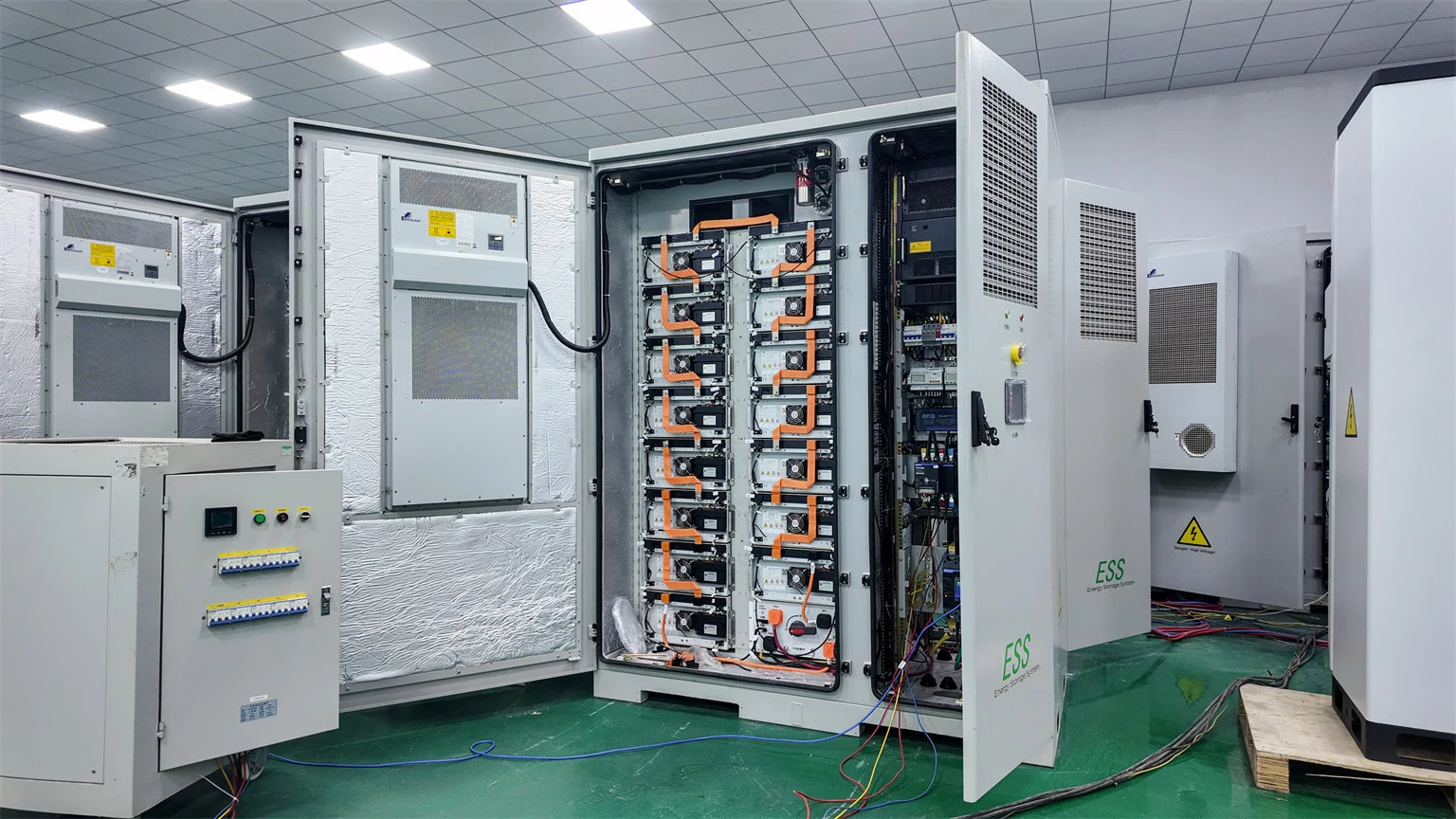
3. Base Station Power Supply and Energy Storage: The Core Components
When researchers talk about base station power in academic papers, especially in IEEE publications, the term “Base Station Power Supply and Energy Storage” often comes up. It emphasizes the importance of both power supply and energy storage.
Why Is Energy Storage Important?
Energy storage ensures that the base station remains operational during power outages. It’s a crucial part of making telecom networks more resilient and cost-effective.
- Cost Savings: Storage systems reduce reliance on expensive grid electricity.
- Sustainability: Solar or wind power can be used in combination with storage to lower the environmental impact.
- Reliability: Storage guarantees power even during disruptions.
This approach is becoming increasingly common as base stations move toward a more sustainable future.
4. Remote Base Station Hybrid Energy System: The Solution for Hard-to-Reach Areas
For telecom base stations located in remote areas where the power grid may not be available, the term “Remote Base Station Hybrid Energy System” is often used. This solution combines various energy sources to ensure a steady power supply.
What Does it Mean?
A hybrid energy system integrates multiple energy sources—such as solar, diesel, and energy storage—into one system. It’s designed for base stations in areas without reliable access to the electrical grid.
- Solar Panels: A renewable source of energy, often paired with batteries.
- Diesel Generators: Provide backup power when renewable sources aren’t enough.
- Energy Storage: Ensures the system can operate 24/7, even without sunlight or wind.
An example of this is Nokia’s hybrid power solution in Africa, which uses solar, batteries, and backup diesel to power base stations in remote locations.
5. Conclusion: Choosing the Right Power System for Your Telecom Base Station
Selecting the right power system for your telecom base station depends on your location and operational needs. Whether you need a straightforward power supply system, a comprehensive energy solution for your cell tower, or a hybrid system for a remote area, there’s a solution for every scenario.
Key Takeaways:
- Telecom Base Station Power System: The most common and general term.
- Cell Tower Energy Solution: Popular in North America, focusing on energy systems for cell towers.
- Base Station Power Supply and Energy Storage: Emphasizes the role of storage in base station reliability.
- Remote Base Station Hybrid Energy System: Ideal for remote locations, combining solar, storage, and backup power.
Each solution offers unique benefits depending on the specific needs of the base station. To learn more about energy solutions for telecom base stations, visit Highjoule’s Telecom Products.
Find Your Solar + Battery Storage Specialist Now!
* Fill out this form and our experts will help you find the perfect solar storage solution for your home or business.


